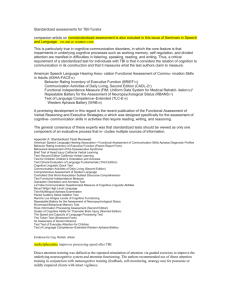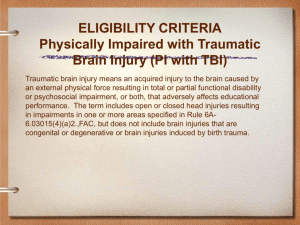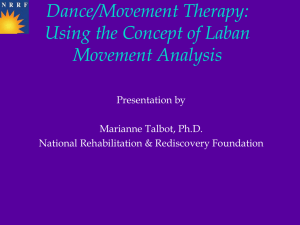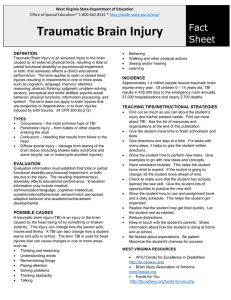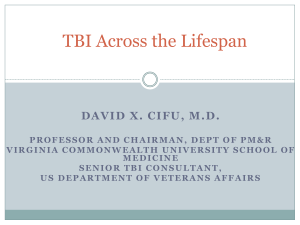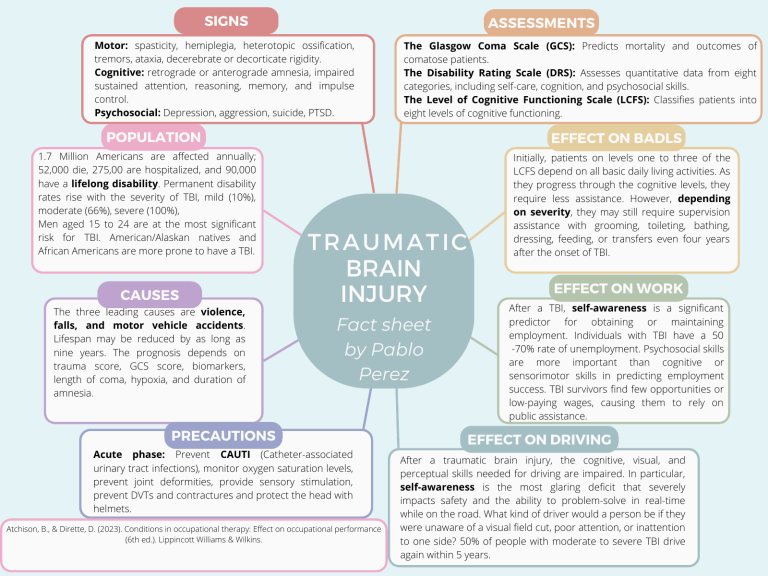
SIGNS ASSESSMENTS Motor: spasticity, hemiplegia, heterotopic ossification, tremors, ataxia, decerebrate or decorticate rigidity. Cognitive: retrograde or anterograde amnesia, impaired sustained attention, reasoning, memory, and impulse control. Psychosocial: Depression, aggression, suicide, PTSD. The Glasgow Coma Scale (GCS): Predicts mortality and outcomes of comatose patients. The Disability Rating Scale (DRS): Assesses quantitative data from eight categories, including self-care, cognition, and psychosocial skills. The Level of Cognitive Functioning Scale (LCFS): Classifies patients into eight levels of cognitive functioning. POPULATION 1.7 Million Americans are affected annually; 52,000 die, 275,00 are hospitalized, and 90,000 have a lifelong disability. Permanent disability rates rise with the severity of TBI, mild (10%), moderate (66%), severe (100%), Men aged 15 to 24 are at the most significant risk for TBI. American/Alaskan natives and African Americans are more prone to have a TBI. CAUSES The three leading causes are violence, falls, and motor vehicle accidents. Lifespan may be reduced by as long as nine years. The prognosis depends on trauma score, GCS score, biomarkers, length of coma, hypoxia, and duration of amnesia. EFFECT ON BADLS TRAUMATIC BRAIN INJURY Fact sheet by Pablo Perez PRECAUTIONS Acute phase: Prevent CAUTI (Catheter-associated urinary tract infections), monitor oxygen saturation levels, prevent joint deformities, provide sensory stimulation, prevent DVTs and contractures and protect the head with helmets. Atchison, B., & Dirette, D. (2023). Conditions in occupational therapy: Effect on occupational performance (6th ed.). Lippincott Williams & Wilkins. Initially, patients on levels one to three of the LCFS depend on all basic daily living activities. As they progress through the cognitive levels, they require less assistance. However, depending on severity, they may still require supervision assistance with grooming, toileting, bathing, dressing, feeding, or transfers even four years after the onset of TBI. EFFECT ON WORK After a TBI, self-awareness is a significant predictor for obtaining or maintaining employment. Individuals with TBI have a 50 -70% rate of unemployment. Psychosocial skills are more important than cognitive or sensorimotor skills in predicting employment success. TBI survivors find few opportunities or low-paying wages, causing them to rely on public assistance. EFFECT ON DRIVING After a traumatic brain injury, the cognitive, visual, and perceptual skills needed for driving are impaired. In particular, self-awareness is the most glaring deficit that severely impacts safety and the ability to problem-solve in real-time while on the road. What kind of driver would a person be if they were unaware of a visual field cut, poor attention, or inattention to one side? 50% of people with moderate to severe TBI drive again within 5 years. Level 1: No response Level 8: Purposeful appropriate Level 7: Automatic appropriate Level 2: Generalized response Level of Cognitive Functioning Scale (LCFS) Level 6: ConfusedAppropriate Atchison, B., & Dirette, D. (2023). Conditions in occupational therapy: Effect on occupational performance (6th ed.). Lippincott Williams & Wilkins. Level 5: ConfusedInappropriate Level 3: Localized response Level 4: ConfusedAgitated
